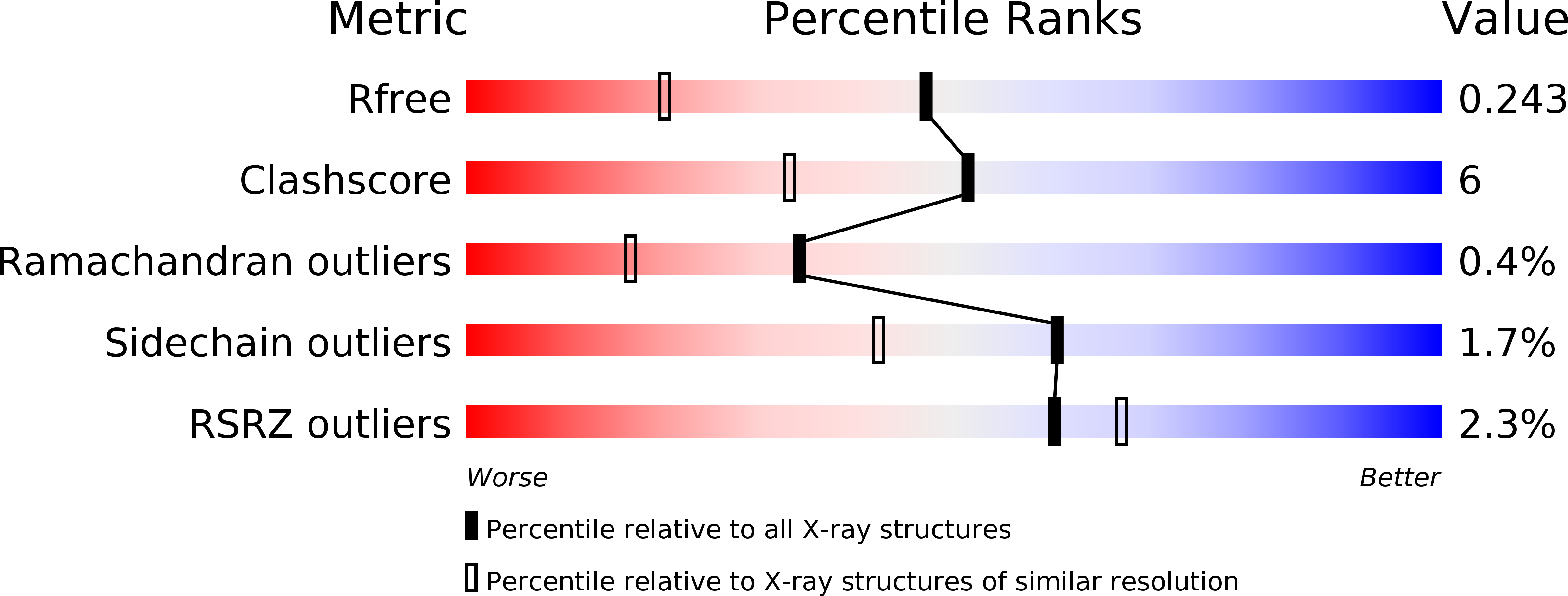
Deposition Date
2015-09-07
Release Date
2015-09-23
Last Version Date
2024-03-13
Entry Detail
PDB ID:
5DM4
Keywords:
Title:
Crystal structure of the plantazolicin methyltransferase BpumL in complex with pentazolic desmethylPZN analog and SAH
Biological Source:
Source Organism:
Bacillus pumilus ATCC 7061 (Taxon ID: 536229)
Host Organism:
Method Details:
Experimental Method:
Resolution:
1.75 Å
R-Value Free:
0.24
R-Value Work:
0.20
R-Value Observed:
0.20
Space Group:
P 21 21 2


